Although more and more people are learning about modern timber construction techniques, industrial timber and wooden frame housesThere are still some of the unsuspecting or less informed who believe that these houses are cheap improvisations made of wooden planks, without resistance, susceptible to fire, earthquakes or rats. We set out to try to convince as many readers as possible of the advantages of wooden frame houses, using the experience of Romanian specialists recognized in Europe for the quality constructions they do in countries with a tradition in such works. This article will focus on two houses out of a set of five, built by the company Litarh in Monte San Giusto, Italy, in a recognized seismic zone.
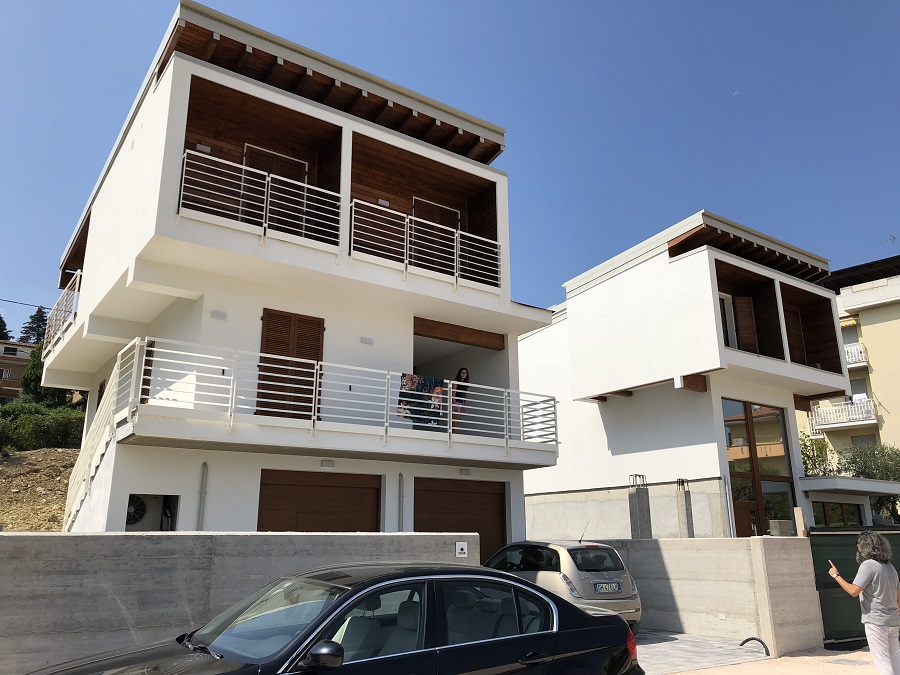
Marche region recognized seismic zone in Italy
Marche Region lies in central-eastern Italy and includes the provinces of Ancona, Pesaro and Urbino, Macerata, Fermo and Ascoli Piceno. The area is known for the quality footwear made here and the oak furniture (rovere artegianale) prized by the British royal family.
Near this area in 2016, a series of earthquakes struck in the area, knocking several villages to the ground. Among the victims in Norcia and Amatrice at the time were Romanians. The quake was also felt intensely across the Marche region, with many homes heavily damaged.
In this area, Bruno, an architect by profession, decided to build a complex of modern houses.
Complex of 5 houses in Monte San Giusto
Bruno met Vlad Liteanu from Litarh in 2007 on one of the construction sites in Italy where the company was building a house. He liked the serious and professional way in which Vlad handled the work, the speed of construction, the solidity of the house and the idea of using wooden structures for the house, lighter than conventional building materials. He wanted such a house and discussions began. The first offer was made back in 2008. Unfortunately, the timing was not yet right for Bruno.
It was more than 8 years before the theme was revisited. The architectural design of the entire complex was done by Bruno, and the structural design was calculated by an Italian firm specialized in seismic risk zone construction. For safety, the main beams (lamellar beams) were 200 mm wide and 400-500 mm high, and the walls were stiffened with 22 mm OSB on the outside and 18 mm on the inside. Normally 12/15 mm OSB is used for both interior and exterior. For the rafters, visible from the inside, 100×240 GL24H beams (glulam) were used.

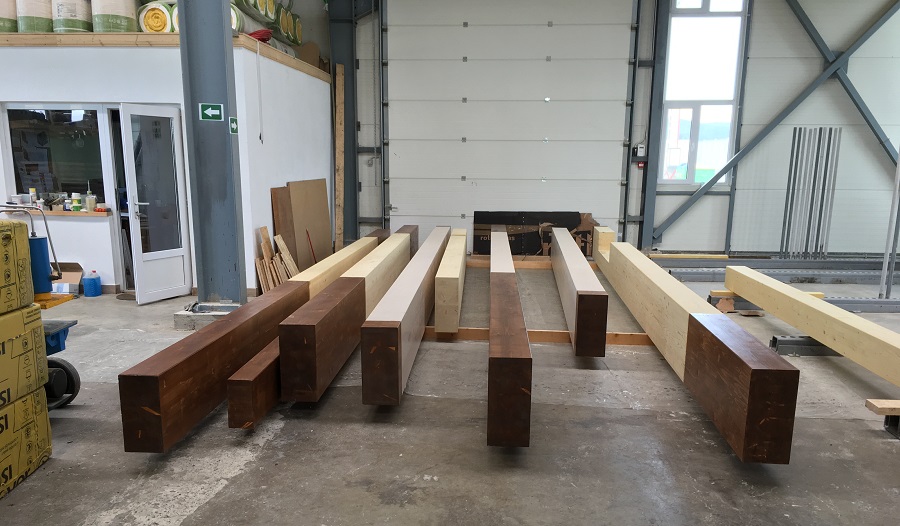
Ensuring the strength of the structure was also necessary due to the modern architecture of the houses. They were built on a hillside with a superb opening overlooking the Adriatic Sea in the distance. Due to the settlement, the first level, built of concrete, becomes a basement seen from the opposite side. On this first, habitable level, two floors were built on a wooden structure. The levels are atypical, the lower being narrower than the upper. The project is proof that a modern design can be realized even though it is built in a seismic zone. The solid structure allows this and provides the necessary strength.
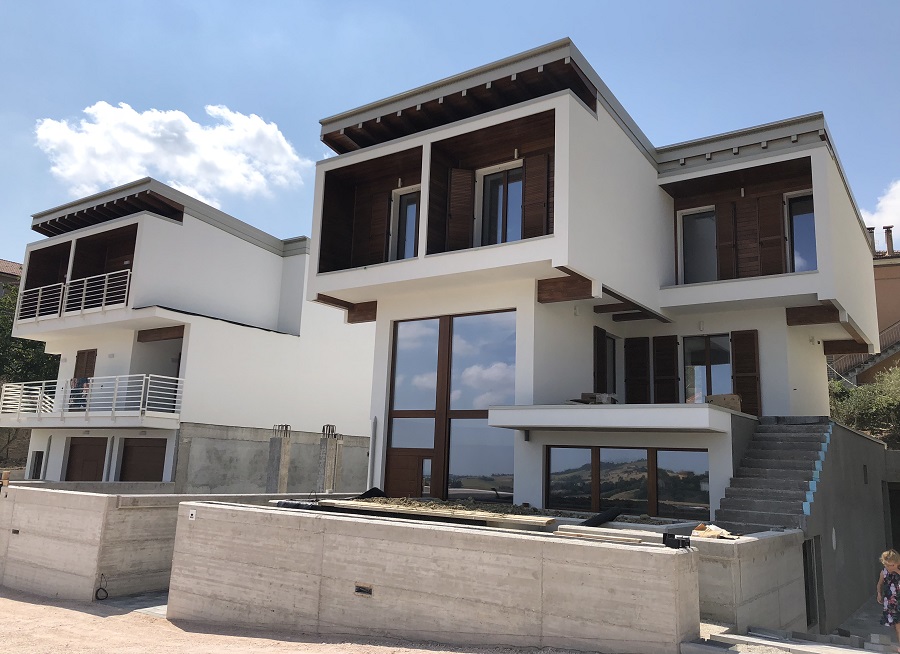
Prefabricated walls shortened construction time on site
Much of the construction elements were made in Valea Moldovei factory. The degree of prefabrication was advanced, and walls of 8-10 m in length were assembled. The wall was missing the windows which were installed in Italy by local specialists.
Both inside and outside the walls were insulated with basaltic wool. Some of the basaltic insulation panels for the facade were also installed at the factory. The thick, good quality insulation and the correct fitting of the anti-fog membrane made it possible to produce highly energy-efficient houses.
The laminated beams were also machined and finished in the factory. A white washed finishThe exterior areas have been stained in warm walnut, like the wood used for the exterior cladding, in a pleasant contrast to the white walls.
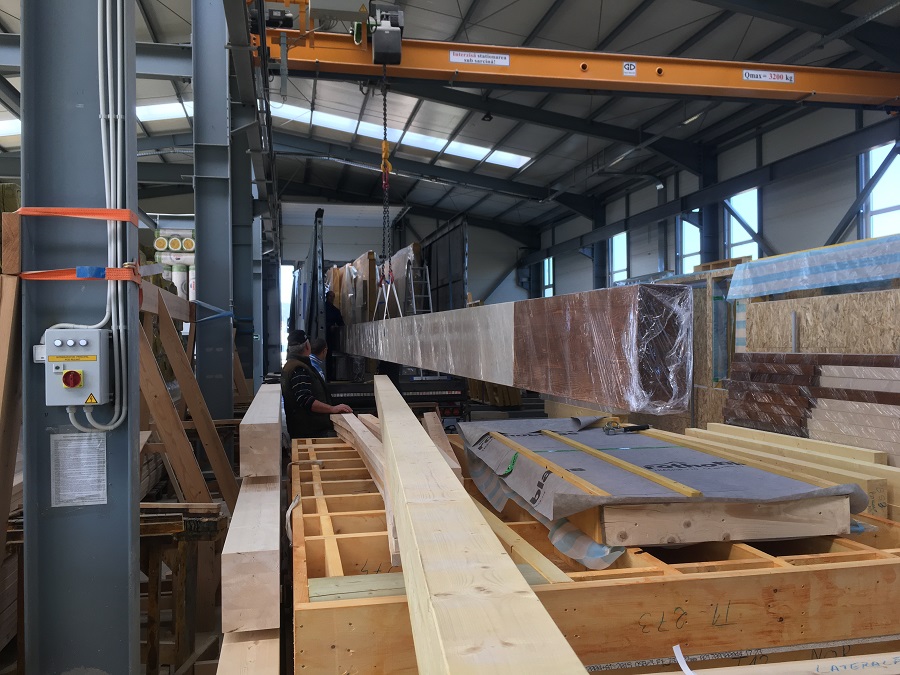
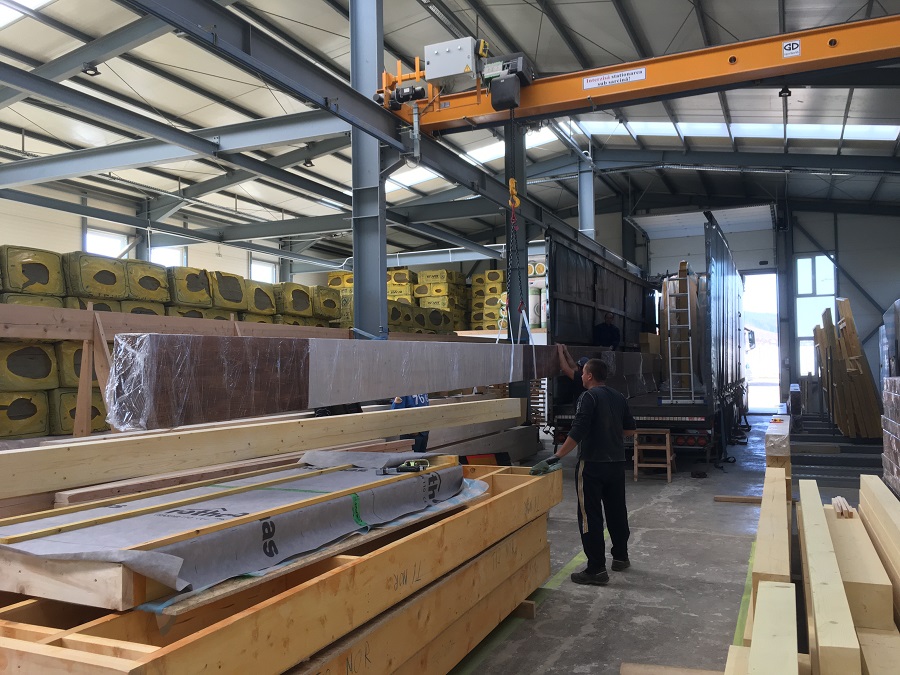
Fast on-site construction completed with a team of just 3 Litarh carpenters
Even though the land was sloping and the houses very close together, the walls could be erected quickly and accurately. The on-site construction of the two houses took 2 months, one month for each house, with only 3 carpenters doing everything. The advanced pre-fabrication of the walls also had a side-effect much appreciated by the owner - a much cleaner construction site, with very little construction waste.
The roof, with the beams visible on the inside and the wooden clad ceiling, was made on site. To the outside, basalt wool insulation, OSB board and sheet metal sheathing were installed. The straight roof, supported on rafters and slightly sloping backwards, gives the house a semi-seemly appearance.
The houses have both front and back terraces, with the possibility of separate access to the apartments on the floors. Access is via a staircase directly up to the terrace. The apartments are small, but interesting, bright, with lots of exposed wood, despite their modern design.
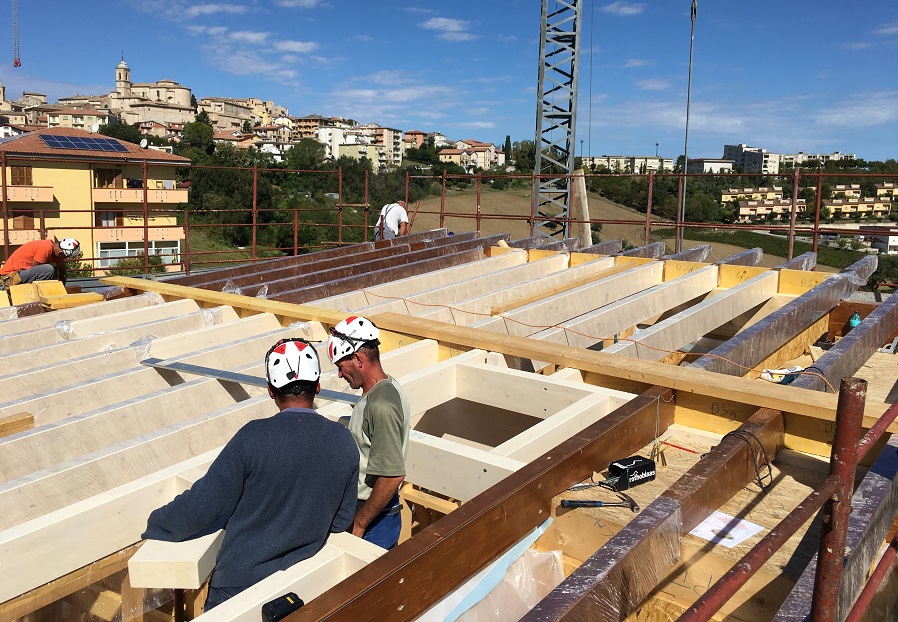
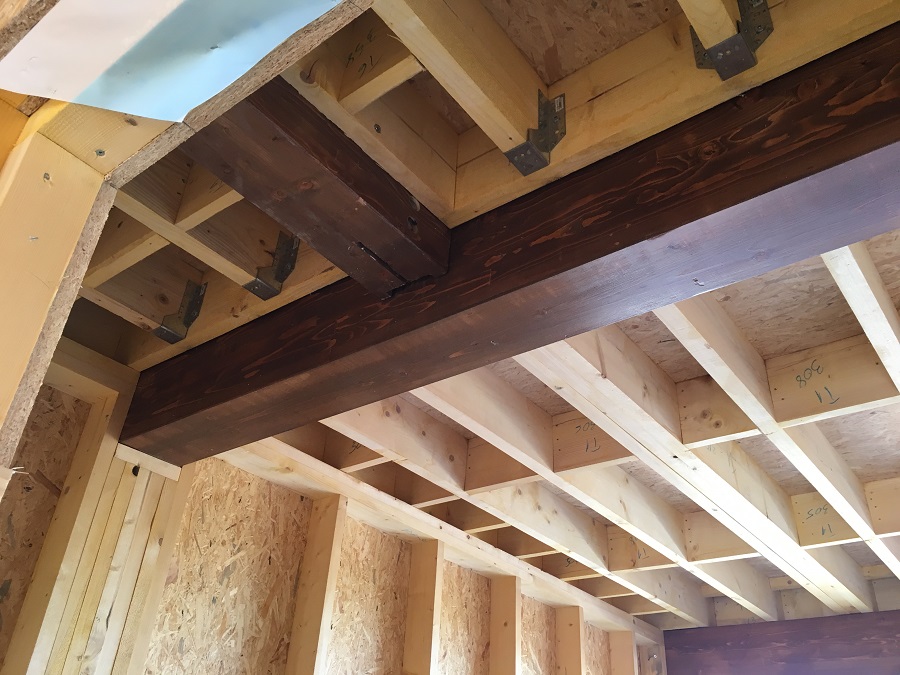
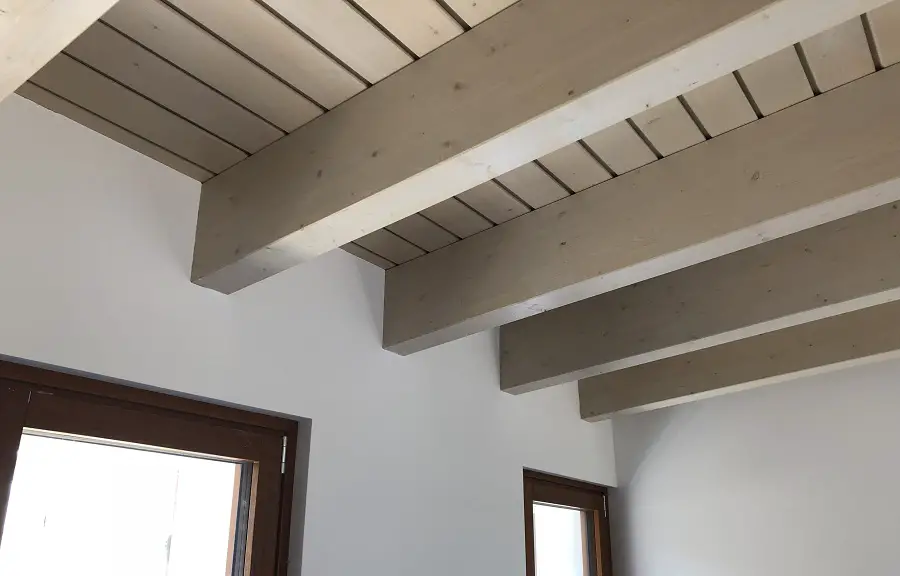
The other 3 houses in the complex are next
The initial project comprises 5 houses, 3 at the front and another 2 at the back, together forming an L-shaped complex. Only two of them have been built, with the others to be continued when investors can be found. As the pandemic has convinced many to build or invest in houses, work will soon resume to complete the project.
Timber frame houses are more resistant to earthquakes because they are lighter. The seismic force, which is directly proportional to the weight of the house, is lower in these houses, so the risk of them falling down is considerably reduced. Even if minor damage occurs after an earthquake, it does not jeopardize the integrity of the construction and can be repaired in a timely manner. Another advantage of these houses, very important for small plots and small houses, is the reduced wall thickness compared to concrete or brick, thus gaining additional useful living space.
As you can see, timber frame houses have a lot of advantages. Bruno, an Italian architect and building connoisseur, chose precisely this construction system for his house in a recognized seismic zone. Perhaps we should give more credit to the experts and, above all, read up on it.
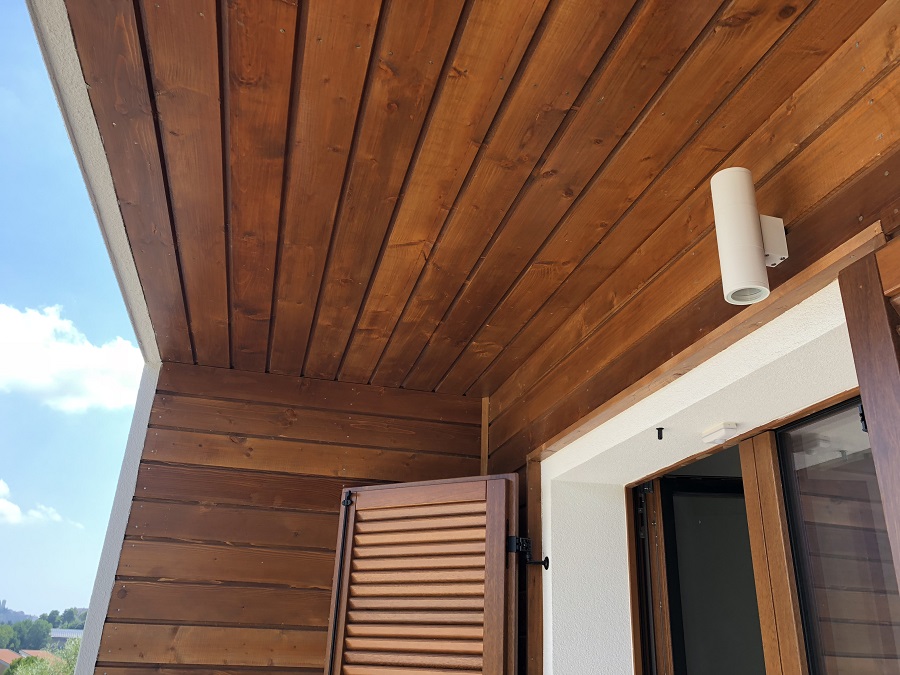

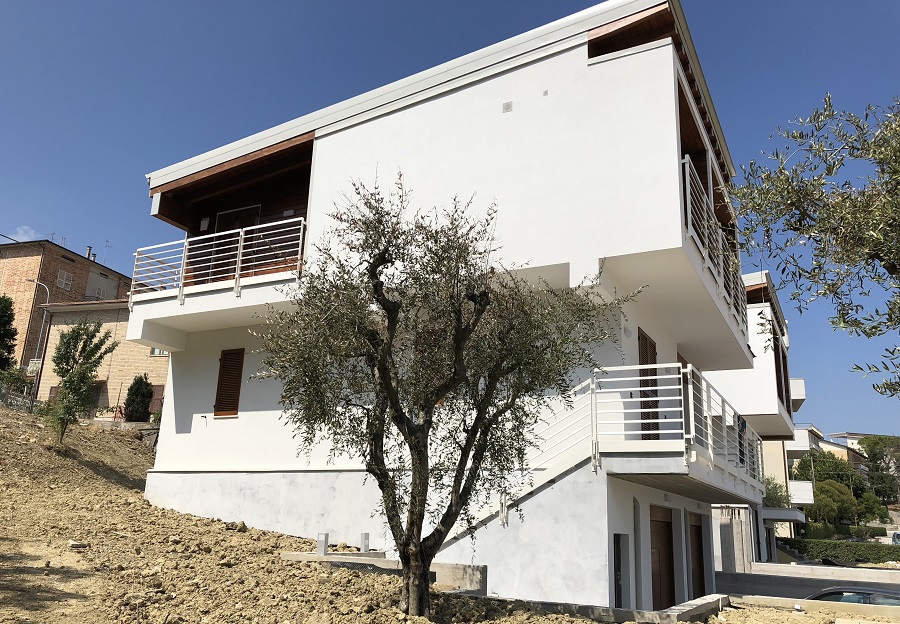




























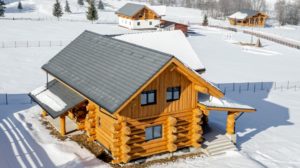
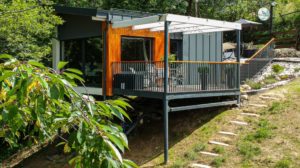

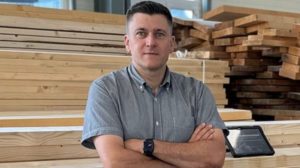
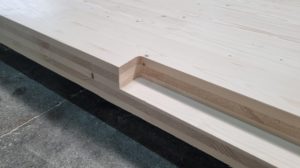



Add comment